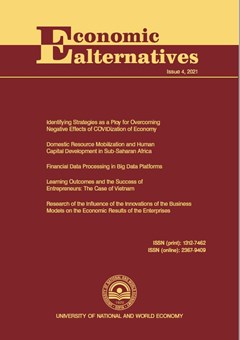Domestic Resource Mobilization and Human Capital Development in Sub- Saharan Africa
Authors: Mutiu A. Oyinlola, Oluwatosin Adeniyi, Abdulfatai A. Adedeji
Abstract
This study investigates the nexus between domestic resource mobilization using aggregated and disaggregated taxes, and human capital accumulation as measured by the index of human capital and total factor productivity. The study explores panel Autoregressive Distributed Lag. We further explore the linear and nonlinear effects of taxes on human capital accumulation. The results from the scatterplots show that taxes at aggregate and disaggregated levels positively correlated with the two measures of human capital. On the linear analysis, the impact of aggregated and disaggregated taxes is largely negative under the index of human capital but largely positive under the second measure in the short-run. However, the long-run results indicate that aggregate and disaggregated taxes significantly amplify human capital accumulation. On nonlinearity, there is no presence of human capital laffer curve (HCLC) in the short-run under the two measures of human capital. However, there is presence of HCLC in the long-run. The net effects results show that some taxes (such as indirect taxes, taxes on goods and services) are distortionary in improving the level of human capital development while some taxes (such as total tax, direct tax, taxes on income, profit, and gains) can distort human capital development in the SSA region.
JEL: H20, G50

